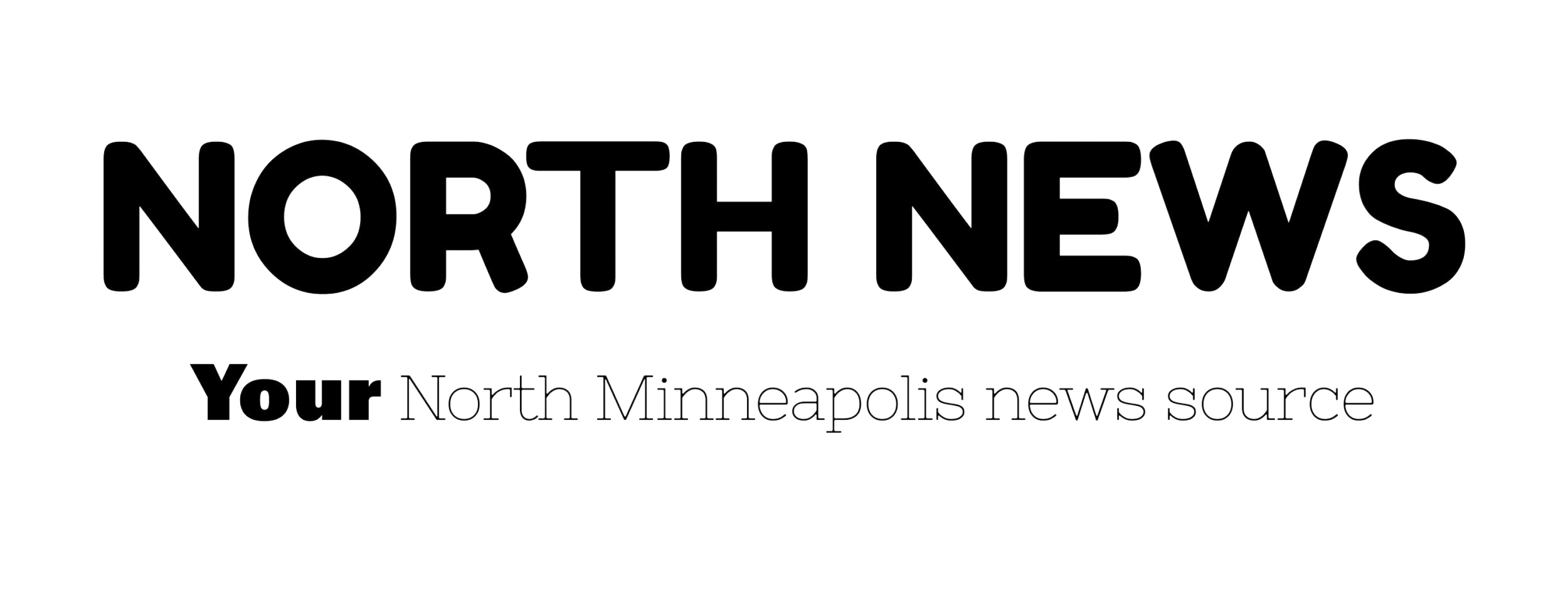Minneapolis Public Schools asks voters to support levy to fund technology
Trevion Clevenger, left, Josiah Dotson Trudell, Lauranna Anderson, and Yeimi Garza got comfortable on the floor for some focus work at Lucy Laney Community School earlier this year. Photo by David Pierini
By David Pierini, Editor
Minneapolis Public Schools are seeking voter approval for a levy that will raise $20 million in annual funding for technology.
Over the summer, the Board of Education directors approved the tech levy ballot question voters will face at the polls on Nov. 5.
If approved, the tech levy would not significantly increase MPS's spending on technology. The additional funds would instead minimize cuts to programs and services. About $35 million of the MPS general fund goes towards technology. The levy would free up about $20 million from the general fund to support other programs.
What would this mean for your tax bill? Every $50,000 value on a home is about an extra $1. The owner of a $300,000 home would see around a $7 increase in taxes toward school financing.
Administrators say the district is trying to get creative in an era of rising costs, dwindling revenues, and a state funding formula that has not kept up with inflation for the last twenty years. MPS balanced its budget for the 2024-25 school year, but not before it adjusted for a budget gap of $110 million with deep cuts to staff and programs.
“We are tackling our troubles on two fronts,” said Ibrahima Diop, senior finance officer for the district. “One is to reduce expenditures and we’re doing that. The other is by increasing revenue. The tech levy is a step in that direction.
“We know that technology is instrumental in the way we educate. We would then have the resources that we need to do that, and if we can move some of these (general fund) resources that we are using for technology, then we could channel those resources to students.”
Tech dollars do not just include tablets and laptops for students. The tech budget covers cyber security, information and technology support personnel, bus transportation systems, software subscriptions and more.
Ryan Strack, the assistant to the board and superintendent, said a $35 million budget for technology may sound sizable. Still, the money is quickly spent when you consider the size of staff, the number of students enrolled and some 70 buildings.
“When you divide that amount by 6,000 staff and 30,000 students, it’s actually not a lot per person,” Strack said. “Devices, email, programs, phones… Everything runs on technology.”
Minnesota does not have a dedicated fund for technology in schools, forcing districts to set aside general fund dollars. Streck said other districts around the state are asking voters to approve similar levies.

